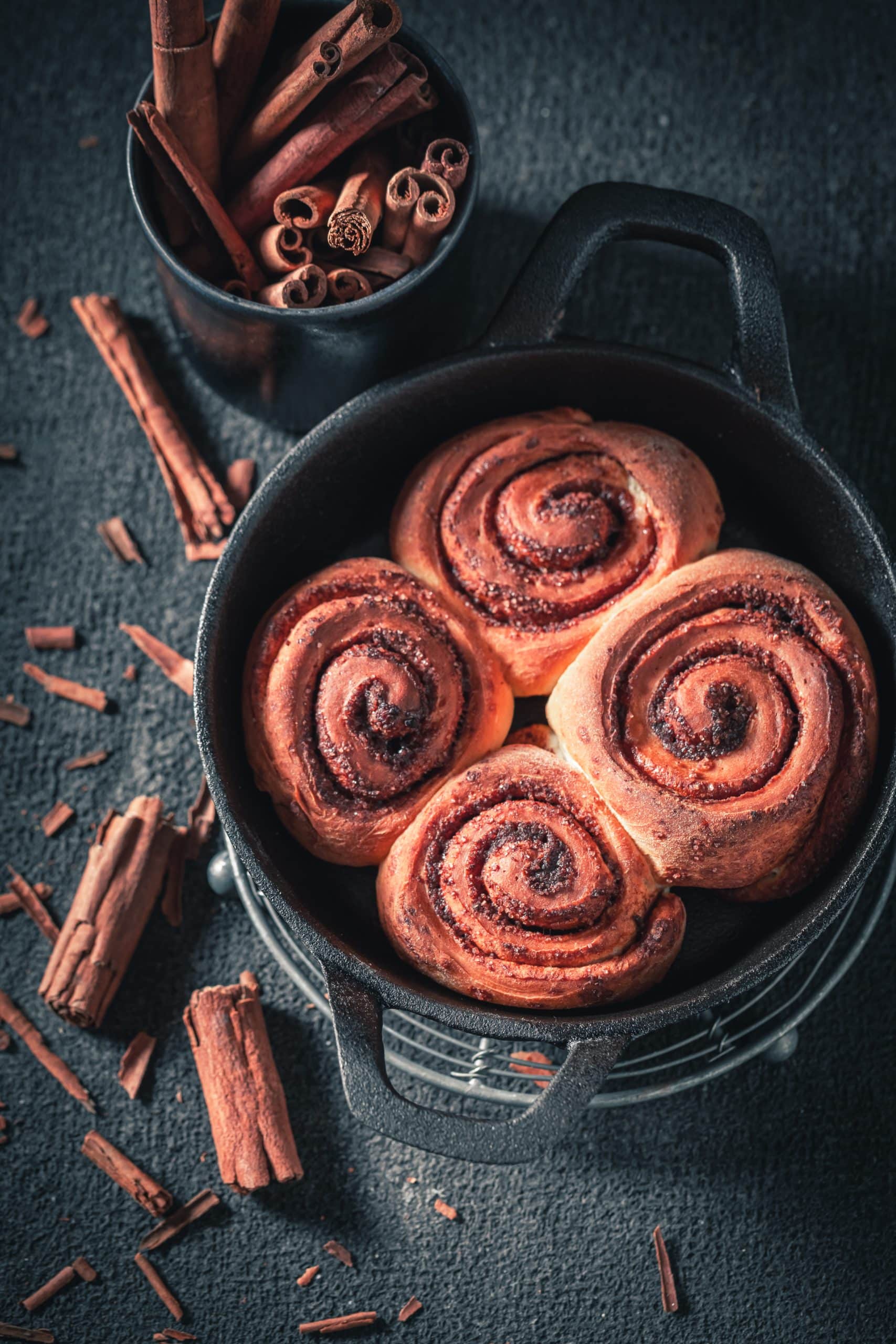How to Create a Gourmet Mango and Sticky Rice Dessert with Coconut Cream?

Creating a gourmet dessert doesn’t always require a culinary degree or exotic ingredients. Sometimes, it’s about taking simple, well-known ingredients such as rice, sugar, and coconut milk and combining them in a way that makes them extraordinary. Today, we’re going to share with you an easy-to-follow recipe for a classic Thai dessert – Mango and Sticky Rice with Coconut Cream. It’s a sweet, creamy, and delicious dish that will impress your guests and satisfy your sweet tooth.
The History of Mango and Sticky Rice
Before we dive into the recipe, it’s worth taking a few moments to appreciate the history of this dessert. Mango and sticky rice, or ‘Khao Niaow Ma Muang’ as it’s known in Thailand, is a traditional Thai dessert that has been enjoyed for centuries. It’s made from sticky or glutinous rice, ripe mangoes, and a sweet coconut cream sauce. The dish is typically enjoyed during the mango season, which falls between April and July in Thailand.
A découvrir également : How to Achieve Gourmet Grilled Lobster Tails with a Spicy Garlic Butter?
This dessert embodies the essence of Thai cuisine, which is all about the harmony of different flavors and textures. The sweetness of the ripe, juicy mangoes contrasts beautifully with the creamy, slightly salty coconut cream and the chewy texture of the sticky rice. It’s a dish that’s as much a pleasure to eat as it is to look at.
Essential Ingredients for Mango and Sticky Rice
Creating this gourmet dessert requires some key ingredients that you may already have in your pantry or can easily find at your local grocery store.
En parallèle : Explore the delicious range of lays snack favorites
-
Sticky Rice: Also known as glutinous rice, this type of rice has a unique, chewy texture that forms the base of this dessert. It’s essential to use sticky rice in this recipe for the authentic taste and texture.
-
Mangoes: The ripe, sweet mangoes are the star of this dish. It’s best to use fresh, ripe mangoes for the best flavor.
-
Coconut Milk: This is used to create the sweet, creamy sauce that is drizzled over the sticky rice and mangoes.
-
Sugar: This is used to sweeten the coconut sauce. You can adjust the amount of sugar according to your preference.
-
Salt: A pinch of salt enhances the sweetness of the dessert and balances the flavor of the coconut cream.
The Creation Process
The process of creating Mango and Sticky Rice with Coconut Cream involves a few steps, but each one is straightforward and manageable, even for novice cooks.
Step 1: Preparing the Sticky Rice
-
Begin by soaking the sticky rice in water for at least 3 hours. This will help the rice to absorb the water and make it more pliable.
-
After the rice has soaked, drain the water and steam the rice for about 20 minutes or until it becomes tender. A bamboo steamer is traditionally used for this, but you can use any steamer that you have on hand.
Step 2: Making the Coconut Cream Sauce
-
While the rice is steaming, you can start making the coconut cream sauce. In a saucepan, combine the coconut milk, sugar, and salt. Heat the mixture over medium heat, stirring until the sugar has fully dissolved.
-
Allow the sauce to cool slightly and then add half of it to the cooked sticky rice, mixing well to ensure that every grain of rice is coated in the sweet, creamy sauce.
Step 3: Serving the Dessert
-
Let the mixture sit for a few minutes to allow the flavors to meld together. While waiting, slice your ripe mangoes.
-
To serve, mound the sticky rice on a plate, place the mango slices next to it, and drizzle the remaining coconut cream sauce over the top.
Tips for Perfect Mango and Sticky Rice
Finally, here are a few tips to ensure your Mango and Sticky Rice dessert turns out perfectly.
-
Always use fresh, ripe mangoes for the best flavor. The sweetness and juiciness of the mangoes are key to the overall taste of this dish.
-
Be careful not to overcook the sticky rice. It should be tender but still hold its shape.
-
Adjust the sweetness of the coconut cream sauce to your taste. If you prefer a less sweet dessert, reduce the amount of sugar.
-
Serve the dessert warm for the best flavors and textures. The warmth of the sticky rice and coconut cream enhances the sweetness of the mangoes.
Remember, the most important part of cooking is to enjoy the process. So have fun while you’re making this delicious Thai dessert, and don’t forget to share it with your family and friends. Happy cooking!
Alternative Serving Ideas for Mango and Sticky Rice
This traditional Thai mango and sticky rice recipe is typically presented with slices of ripe mango next to a mound of sweet rice, drizzled with coconut cream sauce. However, don’t be afraid to experiment. Here are a few ideas for alternative ways to serve this delicious dessert.
-
Mango and Sticky Rice Parfait: For a fun twist, layer the sticky rice, mango slices, and coconut cream in a clear glass. Doing so will allow the beautiful colors to shine through and add a touch of elegance. For added texture, sprinkle in some toasted sesame seeds.
-
Mango and Sticky Rice Rolls: Roll the sticky rice and mango in a rice paper wrapper, similar to a spring roll. Drizzle the coconut cream sauce over the top, or serve it on the side for dipping.
-
Mango and Sticky Rice Sushi: Use the sticky rice just as you would in a sushi roll. Wrap a thin layer of rice around slices of mango, and drizzle with the creamy coconut sauce.
Remember, the essence of gourmet cooking lies in your creativity and presentation. By experimenting with different serving methods, you’ll be able to elevate this classic Thai dessert to a whole new level.
The Art of Choosing the Perfect Ingredients
Crafting the perfect Mango and Sticky Rice dessert starts with selecting top-quality ingredients. Here’s what to look for:
-
Sticky Rice: Also known as glutinous rice, this rice variety should be white and opaque. It should not be mistaken for sushi rice or jasmine rice, which are not sticky enough.
-
Mangoes: Look for mangoes that are slightly soft to the touch – an indication that they’re ripe. The best ones for this dessert are those with a sweet and aromatic smell.
-
Coconut Milk: Opt for full-fat, unsweetened coconut milk. It needs to be rich and creamy to make a velvety coconut cream sauce.
-
Sugar: Regular granulated sugar works well for the coconut sauce. However, you can also experiment with palm sugar for a more authentic Thai flavor.
-
Salt: Just a pinch is needed to balance the sweetness of the dish.
Remember, the quality of your ingredients will significantly impact the final outcome of your dessert.
Conclusion
Creating a gourmet Mango and Sticky Rice dessert is not about complexity or using rare ingredients. It’s about understanding the harmony of flavors and textures and using the best quality ingredients. By following this recipe, appreciating its history, and maybe adding a twist of your own, you can create a dessert that is not only delicious but also a conversation piece.
So, the next time you’re looking for a dessert to wow your guests, consider this Thai Mango and Sticky Rice recipe. It’s easy to make, requires simple ingredients, and guarantees a burst of tropical flavors that will leave your guests asking for more. The sticky, sweet rice contrasts perfectly with the tangy mango, and the rich, creamy coconut sauce ties all the flavors together.
Remember to take your time, enjoy the process, and don’t be afraid to get creative with presentations. After all, cooking is an art. Bon appétit!
